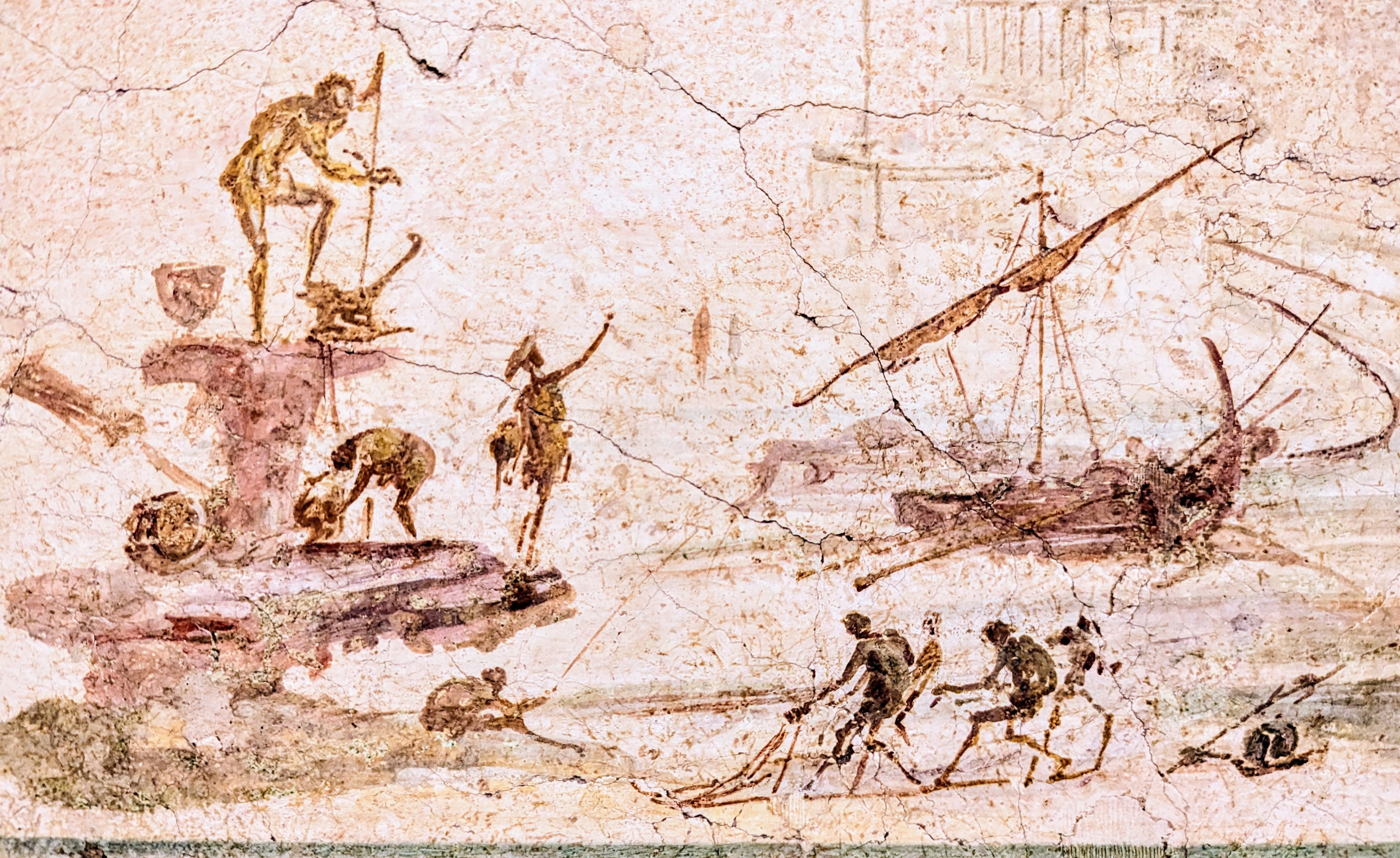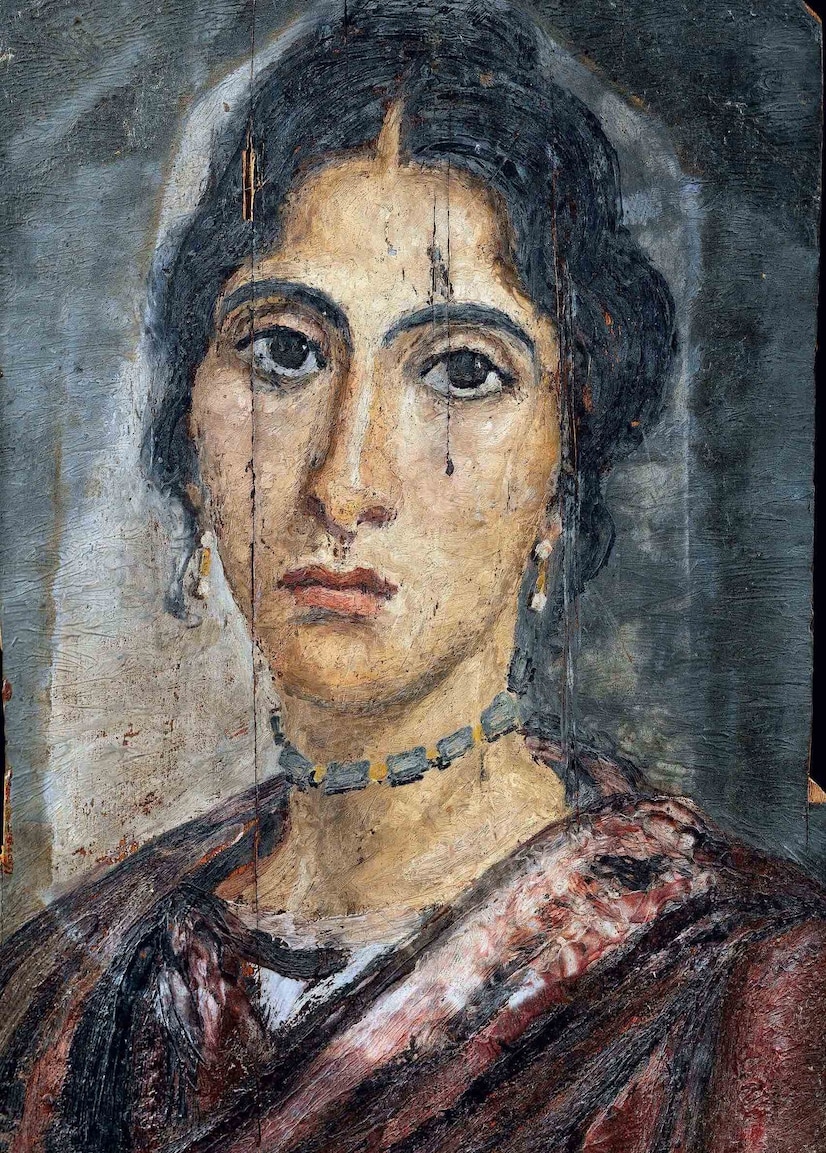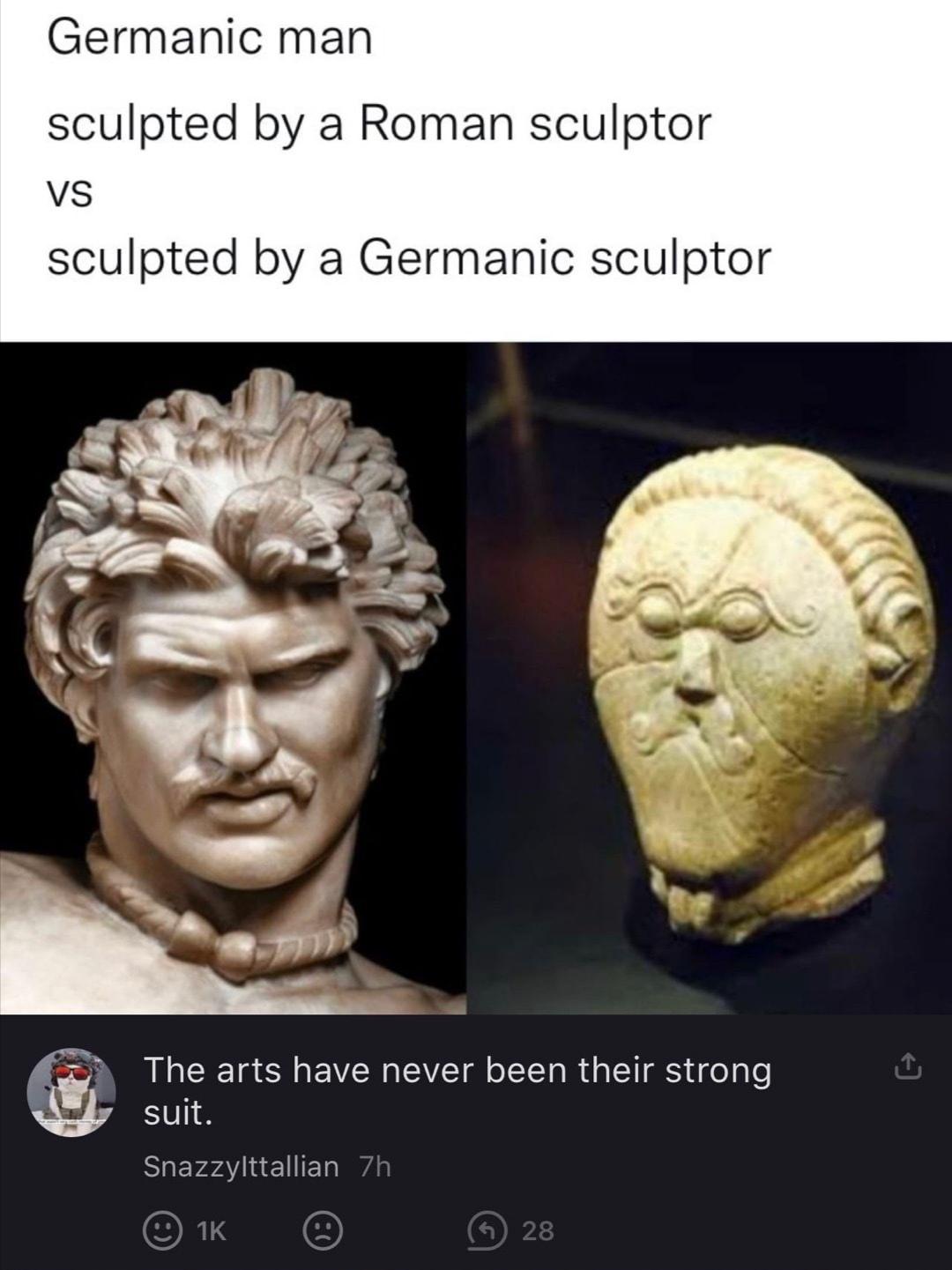Hi. I'm an artist, and my answer comes from my personal experience and not from academic research on your topic.
Turns out painting and sculpture pose different challenges to artists. If your goal is realism, you first need to understand your subject, and then you need to translate it to the medium.
One key aspect in the process is finding good reference material to work from. Turns out human faces and bodies occupy three dimensional space, and they are somewhat readily accessible to artists. A talented sculptor can study a model and replicate it as a sculpture; it's not easy, but there isn't much else to be done.
Now let's look at painting. Often people think painting and drawing is easier than sculpting because it's more accessible, but that's not necessarily the case especially if you aim for realism. The artist needs to use the brain and translate a lot, and I mean an awful lot, of the information seen in the model (3d space) into 2d. They need to remove one dimension from it, without breaking the illusion. This is why it's ten times more difficult to sketch from life than it is to sketch from photographic reference; photos already did half the job for you. And back in the day photography wasn't a thing.
This is very hard already, but on top of that comes color. Most people can see color well enough, the difficult part is understanding how to translate that to a flat, uniform surface that doesn't emit light. From the get go this means you will have to crunch down and remove color information, ie you can't paint the sun and expect it to shine like the real thing, instead you will have to either make everything else too dark or not paint the sun just to keep the lighting relationships making sense. Your brain has evolved to see color shades, to take into account lighting conditions and contrast and a lot of other things. And yet, you hardly realize you are seeing all these things because what matters to you is what color things are meant to be, not what color things really are in a myriad of lighting conditions. In other words, you don't have a color picker tool ability that lets you easily replicate any color you see. This takes years of training.
Then as if this alone wasn't difficult enough, you now have to deal with pigment chemistry and colors that dry different shades, incompatible or unstable pigment combinations, hard to find pigments, etc. These issues still have to be taken into consideration today, but in the past even more so since people had a lot less options available for a variety of reasons.
I hope by now you're getting the idea that you have far far more opportunities to botch a painting than a sculpture. Take any civilization and with a few generations of skilled sculptors passing on the tricks of the trade you can reach realistic results. But it took centuries and a lot of thinking and writing and studying to start achieving realistic painting standards. I'm not surprised at all.












